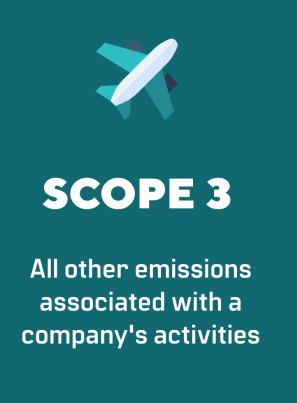Scope 3 emissions are indirect emissions that occur in the value chain of a business, both upstream and downstream. Therefore, reducing scope 3 emissions can have an impact on a business’s GHG footprint and stakeholder relationships. Some of the strategies to reduce Scope 3 emissions include:
• Engaging with suppliers: One of the sources of GHG emissions in the value chain of a business is the upstream emissions, which are the emissions associated with the production and delivery of the goods and services that the business purchases from its suppliers. These include the emissions from the extraction, processing, and transportation of the raw materials, as well as the end-of-life treatment of the goods. Working with suppliers to improve their GHG performance and transparency can reduce the GHG intensity of the purchased goods and services. For example, setting GHG reduction targets or requirements for suppliers, providing incentives or support for GHG reduction initiatives, or selecting low-carbon suppliers can lower the GHG emissions from the upstream value chain.
• Engaging with customers: Another source of GHG emissions in the value chain of a business is the downstream emissions, which are the emissions associated with the use and disposal of the goods and services that the business sells to its customers. These include the emissions from the distribution, consumption, and end-of-life treatment of the products and services. Working with customers to improve their GHG performance and awareness can reduce the GHG intensity of the sold products and services. For example, providing information or labels on the GHG emissions of products or services, offering low-carbon alternatives or solutions, or encouraging responsible use or disposal of products can lower the GHG emissions from the downstream value chain.
• Engaging with employees: Employee commuting and business travel are other sources of the Scope 3 emissions. Therefore working with employees to improve their GHG performance and behavior can reduce the GHG intensity of the business activities. For example by encouraging the use of eco-friendly transportation options like electric cars, supporting biking to work, and minimizing air travel for business purposes.
I hope this blog post has helped you to understand what Scope 3 emissions are, and how to reduce them. If you want to learn more about how I can help you with your GHG accounting and reporting, please contact me using the form below. I look forward to hearing from you!
Contact Form
